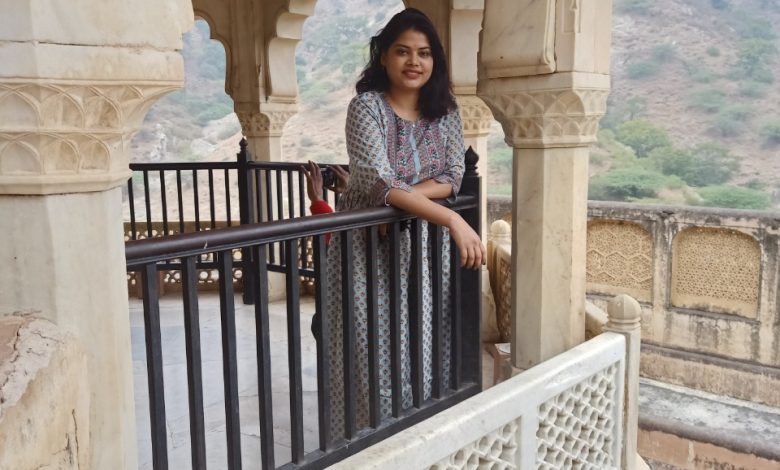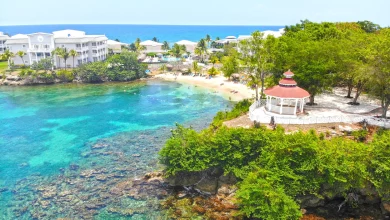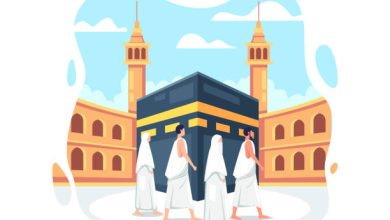Things to See at Amber Fort Sightseeing

The Architecture of Amber Fort in Jaipur
Our Amber guide introduced us to the main structure of this castle – different gates and 4 different courtyards. The architecture of Amber Fort is a good example of Rajput’s design style. But, inside the castle, you will find a little Mongol influence. Here are mentioned some Things to see at Amber fort sightseeing. As you tour planner to add Amber Fort Sightseeing in your Jaipur sightseeing tour by car.
Secret passages, hidden corridors and the wonderful use of science for lighting are some of Fort Amber’s main attractions. In fact, the stories behind them will amaze you. So without rebellion – let’s go to the gates.
Amber Fort in Jaipur
10 Things to See at Amber Fort
Suraj Pol
Suraj Paul is the first gate and the main entrance to the castle. The gate faces east, so every day you see the first rays of the sun. Hence, the gate was aptly named Sura Paul or the Solar Gate. The gate leads to a courtyard called Jaleb Chowk. Once upon a time, this courtyard was a place where victorious armies returned and displayed their booty. Its scene testifies to the many consequences of war – from joy to sorrow!
The front of the castle complex is decorated with a magnificent hall with a column of Divan Am and a double gate painted by Ganesh Pol.
Ganesh Pol
Ganesh Pol is the main gate of the palace and is truly a sight to behold. Also, the gate is elegant and beautifully decorated; it has beautiful carvings and ornaments painted in natural color. So, natural dyes are derived from vegetables, flowers, spices and stones. As a result, most of Rajasthan’s paintings are made using natural colors.
There is also a picture of Lord Ganesh on the gate. Lord Ganesh is the Hindu god who is known to bless the new beginning. Thus the gate was named. The king and his royal army entered the palace through this gate as they returned from the battle to celebrate their victory. There are small windows above the gate. They are known as Suhag Mandir. The royal ladies watched the men’s heroism through these windows because they were not allowed to appear in public.
The Temple of Sila Devi
From Jaleb Chowk there is a staircase that leads us to the entrance of Sila Devi temple. The temple of Sheila Devi is dedicated to the worship of Shakti. It is said that the king always prayed to Devi before going to war or any other work. Human sacrifices were also presented at the great temple. The door of the temple is made of intricate silver.
Diwan-i-Aam
This is the general seat of the Palace Assembly. This is a high pulpit in the center of the courtyard; where the king meets these subordinates and hears their problems. The galleries have a double row of columns, each with an elephant-shaped capital at the top.
Diwan-i-Khas
This is one of the most luxurious facilities in the third courtyard. Thus, the beautiful structure consists of the Divan-i-Khas or Private Audience Hall and the Six Mahal. The upper part of the Cabinet is known as Jas Mandir and is full of intricate floral designs with glasses on them. It was built by Raja Jay Singh and hence it is also called Jay Mandir. It served as the king’s private chamber. So, where he held private meetings. Here the king greeted his special guests like the envoys of other rulers. The interiors are full of mirrors and glass, and the hall is connected to the Shish Mahal. Of course, the king knew how to impress his guests!
The most appealing thing here is the Magic Flower in fort. The flower is so carved that by covering different parts of the flower you can see 7 different pictures. Also, the tail of a fish, lotus, cobra, elephant trunk, lion’s tail, corn and scorpion, each of which is visible only from a special angle.
There is a garden near Devon-khos, which is run in the style of the Mongols. It was called Aram Bagh or Chahar Bagh. Like many Mogul architects, the water that flowed in the garden was used to cool the surroundings.
Sheesh Mahal
This is the most interesting and luxurious part of Fort Amber. The room is made entirely of small pieces and pieces of glass, which make for a beautiful design. It is said that only 2 candles are enough to illuminate the whole room even on the darkest night through the endless reflection created in the pieces of glass. Its reflection converts that small light into thousands of stars.
The epic movie great Mughal-e-Azam absolutely took inspiration from the Sheesh Mahal of Amber forts.
Sukh Niwas
Just in front of the Cabinet is the Khas Sukh Nivos or Palace of Delights. This place was the King’s private home, where he retired to rest.
Kesar Kyari
Caesar Curry is a unique saffron garden on Lake Maota, the lake we saw while entering Fort Amber. This is a royal garden where saffron was grown.
Baradari at Man Singh Palace
In the southern part of the courtyard is a famous palace built by Raja Man Singh I. This is the oldest structure in the entire castle that exists today. As a result, there is a pavilion in the middle of the courtyard, which is surrounded by residential buildings.
There is a saying that the king had 12 wives, each of whom had a different zodiac sign. And behold, there are 12 cells all around the Brotherhood. Also, Whether this is true or not is left to conjecture!
Zenana Mahal
It’s a women’s home and it’s a world of its own. Men outside the family did not have access to these parts of the palace. Even the palace men had limited access here. So, the queen’s rooms are said to have been connected to the king’s room through a private passage. The private passage was used only by the King. So when the king visited one Queen, the others probably didn’t know.
From here there is a way out that would take us back to the main yard. Before leaving we saw a huge ship. It is said to be the vessel used in the film Jodha Akbar. So, you can visit all these sites just by hiring a Jaipur sightseeing cab.
Also Read: Is Agra a good option for IELTS preparation?



